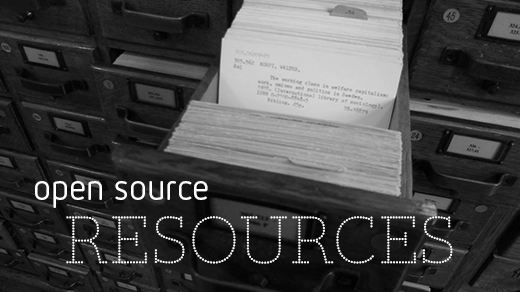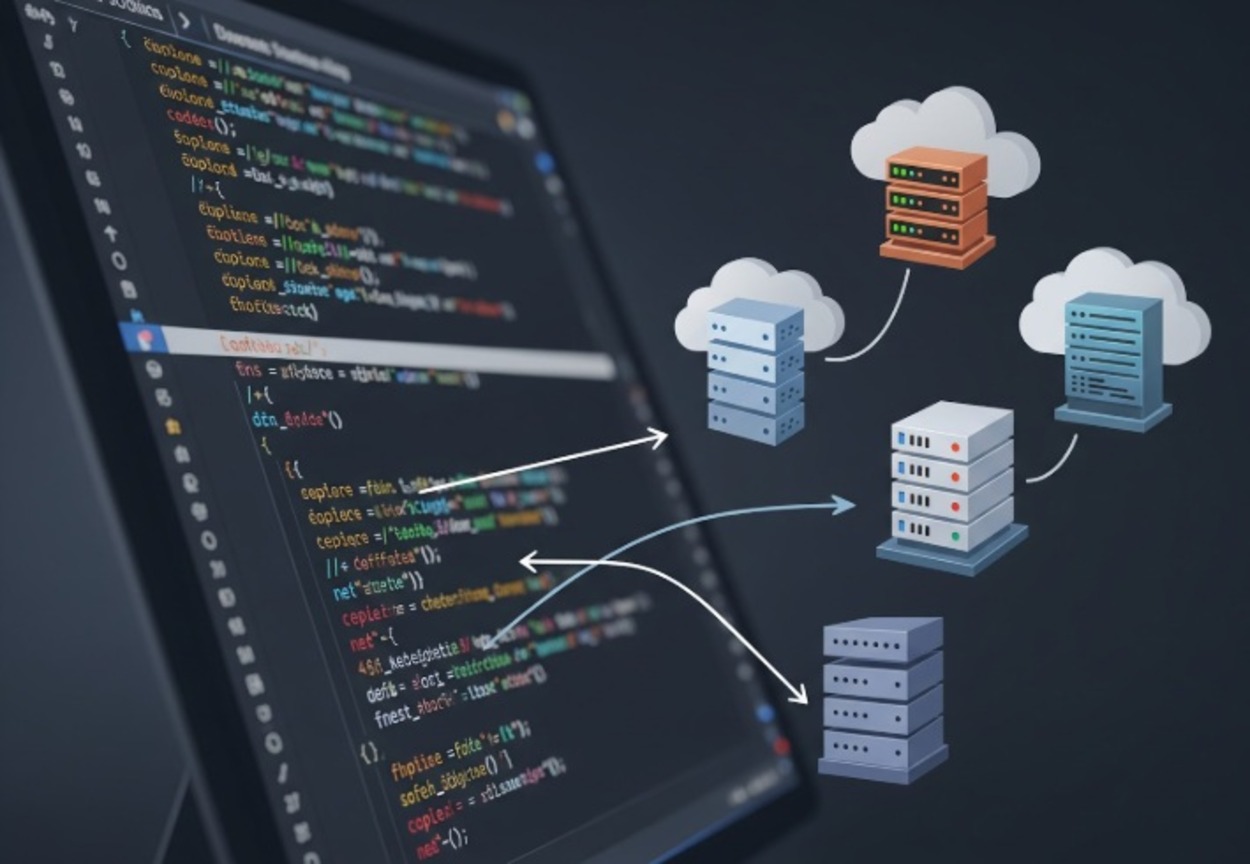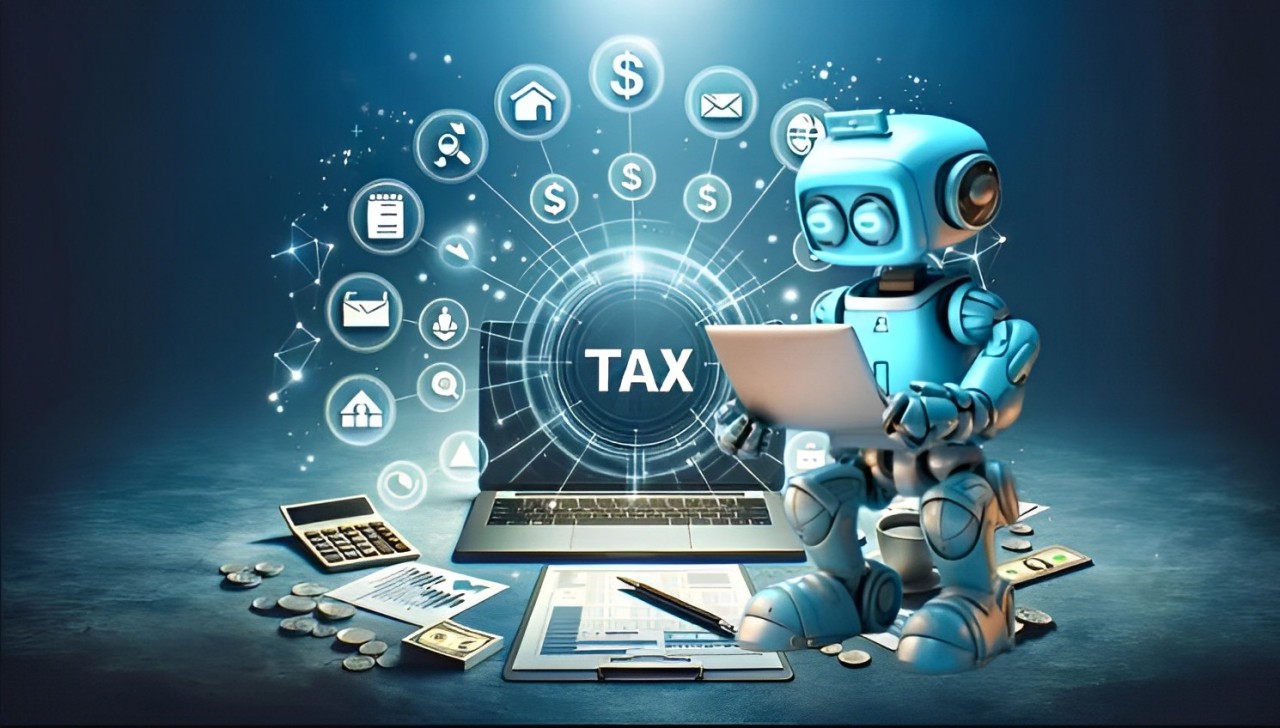
What is open source?
- November 22, 2021
- 0

The term open source refers to something people can modify and share because its design is publicly accessible.
The term originated in the context of software development to designate a specific approach to creating computer programs. Today, however, “open source” designates a broader set of values—what we call “the open source way.” Open source projects, products, or initiatives embrace and celebrate principles of open exchange, collaborative participation, rapid prototyping, transparency, meritocracy, and community-oriented development.
Contents
- 1 What is open source software?
- 2 What’s the difference between open source software and other types of software?
- 3 Is open source software only important to computer programmers?
- 4 Why do people prefer using open source software?
- 5 Doesn’t “open source” just mean something is free of charge?
- 6 What is open source “beyond software”?
- 7 Where can I learn more about open source?
What is open source software?
Open source software is software with source code that anyone can inspect, modify, and enhance.
“Source code” is the part of software that most computer users don’t ever see; it’s the code computer programmers can manipulate to change how a piece of software—a “program” or “application”—works. Programmers who have access to a computer program’s source code can improve that program by adding features to it or fixing parts that don’t always work correctly.
What’s the difference between open source software and other types of software?
Some software has source code that only the person, team, or organization who created it—and maintains exclusive control over it—can modify. People call this kind of software “proprietary” or “closed source” software.
Only the original authors of proprietary software can legally copy, inspect, and alter that software. And in order to use proprietary software, computer users must agree (usually by signing a license displayed the first time they run this software) that they will not do anything with the software that the software’s authors have not expressly permitted. Microsoft Office and Adobe Photoshop are examples of proprietary software.
Open source software is different. Its authors make its source code available to others who would like to view that code, copy it, learn from it, alter it, or share it. LibreOffice and the GNU Image Manipulation Program are examples of open source software.
As they do with proprietary software, users must accept the terms of a license when they use open source software—but the legal terms of open source licenses differ dramatically from those of proprietary licenses.
Open source licenses affect the way people can use, study, modify, and distribute software. In general, open source licenses grant computer users permission to use open source software for any purpose they wish. Some open source licenses—what some people call “copyleft” licenses—stipulate that anyone who releases a modified open source program must also release the source code for that program alongside it. Moreover, some open source licenses stipulate that anyone who alters and shares a program with others must also share that program’s source code without charging a licensing fee for it.
By design, open source software licenses promote collaboration and sharing because they permit other people to make modifications to source code and incorporate those changes into their own projects. They encourage computer programmers to access, view, and modify open source software whenever they like, as long as they let others do the same when they share their work.
Is open source software only important to computer programmers?
No. Open source technology and open source thinking both benefit programmers and non-programmers.
Because early inventors built much of the Internet itself on open source technologies—like the Linux operating system and the Apache Web server application—anyone using the Internet today benefits from open source software.
Every time computer users view web pages, check email, chat with friends, stream music online, or play multiplayer video games, their computers, mobile phones, or gaming consoles connect to a global network of computers using open source software to route and transmit their data to the “local” devices they have in front of them. The computers that do all this important work are typically located in faraway places that users don’t actually see or can’t physically access—which is why some people call these computers “remote computers.”
More and more, people rely on remote computers when performing tasks they might otherwise perform on their local devices. For example, they may use online word processing, email management, and image editing software that they don’t install and run on their personal computers. Instead, they simply access these programs on remote computers by using a Web browser or mobile phone application. When they do this, they’re engaged in “remote computing.”
Some people call remote computing “cloud computing,” because it involves activities (like storing files, sharing photos, or watching videos) that incorporate not only local devices but also a global network of remote computers that form an “atmosphere” around them.
Cloud computing is an increasingly important aspect of everyday life with Internet-connected devices. Some cloud computing applications, like Google Apps, are proprietary. Others, like ownCloud and Nextcloud, are open source.
Cloud computing applications run “on top” of additional software that helps them operate smoothly and efficiently, so people will often say that software running “underneath” cloud computing applications acts as a “platform” for those applications. Cloud computing platforms can be open source or closed source. OpenStack is an example of an open source cloud computing platform.
Why do people prefer using open source software?
People prefer open source software to proprietary software for a number of reasons, including:
Control. Many people prefer open source software because they have more control over that kind of software. They can examine the code to make sure it’s not doing anything they don’t want it to do, and they can change parts of it they don’t like. Users who aren’t programmers also benefit from open source software, because they can use this software for any purpose they wish—not merely the way someone else thinks they should.
Training. Other people like open source software because it helps them become better programmers. Because open source code is publicly accessible, students can easily study it as they learn to make better software. Students can also share their work with others, inviting comment and critique, as they develop their skills. When people discover mistakes in programs’ source code, they can share those mistakes with others to help them avoid making those same mistakes themselves.
Security. Some people prefer open source software because they consider it more secure and stable than proprietary software. Because anyone can view and modify open source software, someone might spot and correct errors or omissions that a program’s original authors might have missed. And because so many programmers can work on a piece of open source software without asking for permission from original authors, they can fix, update, and upgrade open source software more quickly than they can proprietary software.
Stability. Many users prefer open source software to proprietary software for important, long-term projects. Because programmers publicly distribute the source code for open source software, users relying on that software for critical tasks can be sure their tools won’t disappear or fall into disrepair if their original creators stop working on them. Additionally, open source software tends to both incorporate and operate according to open standards.
Community. Open source software often inspires a community of users and developers to form around it. That’s not unique to open source; many popular applications are the subject of meetups and user groups. But in the case of open source, the community isn’t just a fanbase that buys in (emotionally or financially) to an elite user group; it’s the people who produce, test, use, promote, and ultimately affect the software they love.
Doesn’t “open source” just mean something is free of charge?
No. This is a common misconception about what “open source” implies, and the concept’s implications are not only economic.
Open source software programmers can charge money for the open source software they create or to which they contribute. But in some cases, because an open source license might require them to release their source code when they sell software to others, some programmers find that charging users money for software services and support (rather than for the software itself) is more lucrative. This way, their software remains free of charge, and they make money helping others install, use, and troubleshoot it.
While some open source software may be free of charge, skill in programming and troubleshooting open source software can be quite valuable. Many employers specifically seek to hire programmers with experience working on open source software.
What is open source “beyond software”?
At Opensource.com, we like to say that we’re interested in the ways open source values and principles apply to the world beyond software. We like to think of open source as not only a way to develop and license computer software, but also an attitude.
Approaching all aspects of life “the open source way” means expressing a willingness to share, collaborating with others in ways that are transparent (so that others can watch and join too), embracing failure as a means of improving, and expecting—even encouraging—everyone else to do the same.
It also means committing to playing an active role in improving the world, which is possible only when everyone has access to the way that world is designed.
The world is full of “source code”—blueprints, recipes, rules—that guide and shape the way we think and act in it. We believe this underlying code (whatever its form) should be open, accessible, and shared—so many people can have a hand in altering it for the better.
Here, we tell stories about the impact of open source values on all areas of life—science, education, government, manufacturing, health, law, and organizational dynamics. We’re a community committed to telling others how the open source way is the best way, because a love of open source is just like anything else: it’s better when it’s shared.
Where can I learn more about open source?
We’ve compiled several resources designed to help you learn more about open source. We recommend you read our open source FAQs, how-to guides, and tutorials to get started.
[“source=opensource”]




















